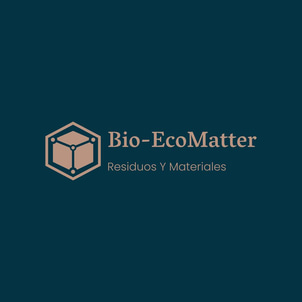Bio-EcoMouldtar: a new innovation project by AEC EUROCLUSTER
New European project to further advance innovating in Bio-EcoMatter.
11/20/20232 min read


We are happy to share that we were approved a new innovation project!
Through the EU-funded project, AEC EUROCLUSTER (architecture, engineering and construction) aims to contribute to a digital and low-carbon economic recovery of construction and related sectors.
Bio-EcoMatter is in continuous search of innovation, and within this framework, we are very excited with the approval of our project "Bio-EcoMouldtar", whose objective is to work for the integration and implementation of our mortar without cement and sand, in new applications of the structural and customized construction industry (such as street furniture, panels, etc.).
The manufacture of these new ecological mortar elements will be carried out using custom molds developed by 3D printing in recycled plastic thanks to the collaboration with IDONIAL: a technology center highly specialized in materials development, advanced manufacturing and digital industry and, of course, in collaboration with INTROMAC: institute of ornamental rocks and building materials, our technological center of reference. 360 SOLUCIONES CAMBIO CLIMÁTICO will be responsible for the Life Cycle Analysis of the final product.
Two key elements coexist in Bio-EcoMouldtar: the use of agricultural waste mortars and the introduction of plastic waste into the value chain for mold manufacturing, reducing dependence on non-renewable resources and contributing to the circular economy
This technology transfer project will not only be in terms of physical elements - the palpable additive manufacturing machine, the moulds printed with it and the new elements made with Bio-EcoMatter - but will also be in terms of intangible elements, but certainly with as much or more importance than technology itself: knowledge.
Bio-EcoMouldtar encompasses some of the main objectives of AEC EUROCLUSTER (3D Printing, Advanced Building Materials and Green Construction) thanks to both the materials used and the technologies implemented. These will help reduce pollution, introduce new manufacturing methods (faster and more precise than existing ones) in sectors such as construction and architecture, collaborating fully in the recycling process within the construction industry.

Want to know more?
Or consult our documents:
Bio-EcoMatter S.L.
C.I.F. B13784509
C/Zurbarán 1, Floor 2, Door 1
06002 Badajoz (ES)
Contacts
Our policies
